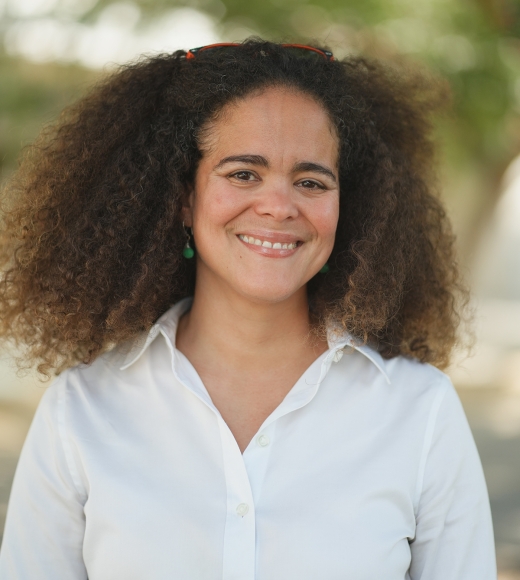
UC Davis Professor Studying Effects of Wildfires on Water Quality and Soil Biogeochemistry
This past year, California experienced record-breaking amounts of rain, easing some of the effects of drought. These effects could be beneficial during the upcoming summer season when wildfires pose a threat to watersheds and communities across the state.

As wildfire season rapidly approaches, Associate Professor of Civil and Environmental Engineering Jasquelin Peña is working with collaborators to study the effects of wildfire on water and soil resources.
Peña has a background in environmental geochemistry. In particular, she focuses on processes that regulate the concentrations and speciation of nutrients, contaminants and carbon in natural and engineered systems. Much of her effort is geared towards the molecular-scale study of manganese and iron oxide minerals. These minerals are highly reactive given their nanoscale structures and thus are particularly important for managing the removal of contaminants in the environment.
Peña, who joined the civil and environmental engineering department in 2020, became interested in studying the impacts of wildfires on water and soil resources after moving to Davis.
“When I arrived at UC Davis in Spring 2020, it became apparent to me that the combined effects of climate change and wildfire would have enormous consequences for water management for the West, especially California. And I thought that the type of molecular-scale biogeochemical analyses that we conduct would bring new and valuable perspectives to studies aimed at understanding how fire is going to impact ecosystems.”
Peña’s research involves looking at the immediate and longer-term effects of wildfire on water quality and soil biogeochemistry. The Caldor Fire, which in 2021 burned through 221,835 acres within the Eldorado National Forest, provided an opportunity for Peña and her collaborators to do rapid response work.
Along with collaborators at the Lawrence Berkeley Lab and the American River Conservancy, Peña and her team deployed a rapid-response campaign to sample surface waters, burned soils and wildfire ash within the Cosumnes River watershed. Sampling officially began in September 2021. The research team collected a variety of samples before and after the first storm that year to set up an extensive water quality monitoring program.

A group of citizen scientists from the region gather once a month and collect water samples using special collection kits at 15 to 20 sites in the watershed. Samples are collected from areas that experienced different fire severities, as well as from locations that did not experience any fire. The samples are then brought to campus and tested for a range of inorganic contaminants.
Burned soil and wildfire ash samples were taken from areas of high and low burn severity, as well as from the Grizzly Flats community. These samples are being analyzed at the Stanford Synchrotron Radiation Lightsource and the Lawrence Berkeley National Lab Advanced Light Source.
“We've been analyzing the distribution and chemistry of metals and carbon in the ash particles. Our goal is to link that chemistry to stream and soil water chemistry.”
Peña and her team are now beginning the process of analyzing the samples and putting together results. Early analyses show the mobilization of mercury, manganese and organic carbon by storm events. Elevated levels of manganese and organic carbon can be problematic for water treatment facilities.
One unexpected and perhaps one of the greatest impacts of the work thus far has been community involvement.
Besides the volunteers with the American River Conservancy, the Rancho Murieta Community Services District has been instrumental in water sample collection and providing place-based knowledge. Located southeast of Sacramento, the community has its own water treatment plant which allows for more frequent sampling. Given the intensity of storm events in the past two years, high temporal resolution is key to resolving changes in water chemistry.
“The large scope and scale of the study is only possible because of all the volunteers and cooperative communities,” Peña said.
“A benefit of this project is that it provides a way for community members to engage with their watersheds. Oftentimes, the same pair of volunteers will go to the same site and observe changes in flow, vegetation and measured water quality parameters month after month. It's really empowering.”




